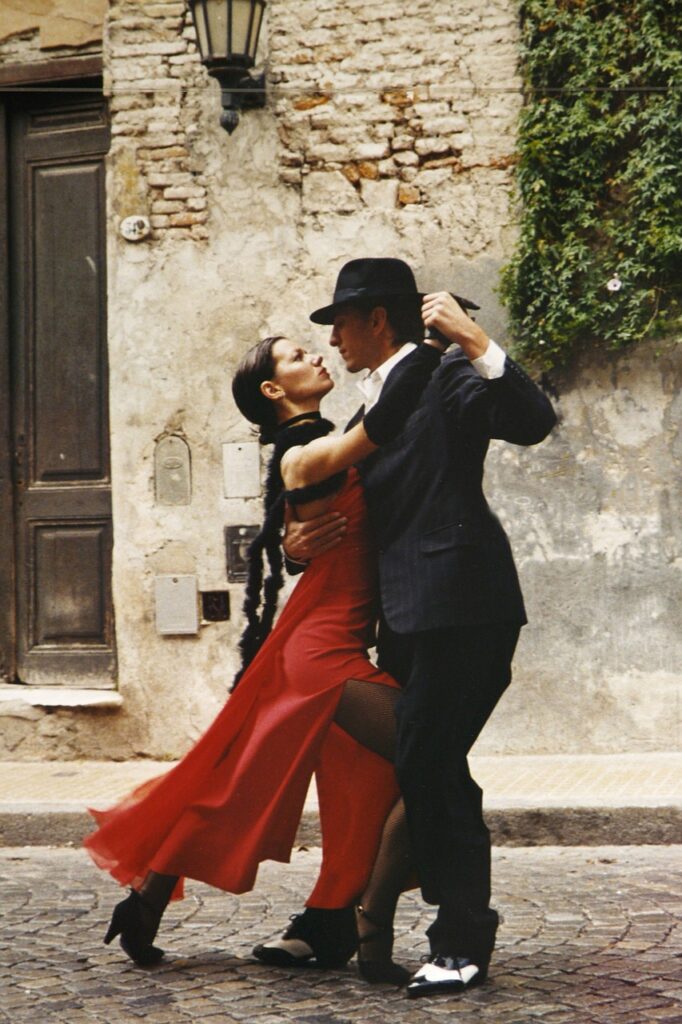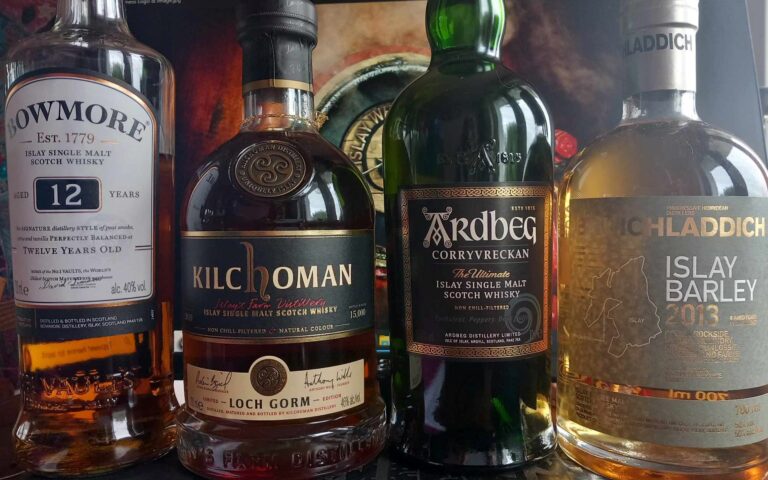


WHISKY TANGO (maybe foxtrot…!)
We are hosting a Tango & Whisky Evening in Paisley, Scotland
SATURDAY 2 SEPTEMBER.
6 pm – 11 pm.
Venue: Paisley North Church. Abercorn Street, PA3 4AB
We have each whisky paired with a specific Tango song and dance. People can either watch or join in the Tango after hearing a bit about the dram and why it is chosen to pair with the dance/song.
There is a dance after called a Milonga. – Milonga is a style of dancing – more cheeky and flowing than Tango itself, which is intense and sentimental and very much controlled sensuality.
The whole evening costs £40.
This is my first choice line up for the drams to go with the dances.
Dances are
“Little Mask” Vals (waltz) – Bowmore
“Whisky” Tango – Ardbeg Correvreckan
“I’m getting Drunk Tonight” Tango – Kilchoman Loch Gorm 2019
Tango Nuevo – Islay Barley 2013 Bruichladdich.
What do we know about Tango…?
It’s about mood and time, it’s about controlled focused passion.
Tango is a partner dance originating from Rio de la Plata between Argentina and Uruguay.
Tango is powerful, sensual, and one of the most intimate Latin dances. It is on a par with the rumba when it comes to connection, but it has a sharpness and electric frisson that is usually not seen in the rumba.
Tango dancers mirror one another, which explains the importance of connection. It is a very technical dance, precise with specific steps. The complexity of the routine is usually just as mesmerising as the connection between the dancers.
Tango requires the partners to be in a close embrace, with their chests pressed together. It is a raw and authentic dance that explores and tests the relationship between man and woman.
Unlike other dances, the woman is not ‘led’, but the man and woman are equal, weaving contact and separation throughout the dance.
The roots of this dance lie in African candombe, Cuban habanera as well as waltzes and polkas
The Argentine Tango is more than a mere dance style. Referred to as “a secret danced between two people”, this form of tango relies on intuition and connection.
They say that the Argentine Tango is felt in the heart, not the feet.
The tango is known as the dance of passion, mystery, and seduction. However, it can also be hauntingly beautiful, deeply introspective, or at times, quite flirtatious and whimsical.
There are predominately three rhythms the Argentine Tango is danced to, although this dance will also work to any other musical rhythm:
- Tango – 4/4 time, meaning four beats to every bar of music. This would be counted 1,2,3,4 | 1,2,3,4
- Vals – 3/4 time, meaning 3 beats to every bar of music. This would be counted 1,2,3 | 1,2,3
- Milonga – 2/4 time, meaning two beats to every bar of music. This would be counted 1,2 | 1,2
The word “tango” may be straightforwardly African in origin, meaning “closed place” or “reserved ground.” Or it may derive from Portuguese (and from the Latin verb tanguere, to touch) and was picked up by Africans on the slave ships. Whatever its origin, the word “tango” had acquired the standard meaning of the place where African slaves and free blacks gathered to dance by the time Argentina banned slavery in 1853.
The intensity, tradition, flavours, journey, passion, atmospheres and ephererality of Scotch whisky exactly matches these atributes and aspects of Tango.
Working with Paisley Tango we are excited to share these enthralling elements of Scotland and Argentina with you.
